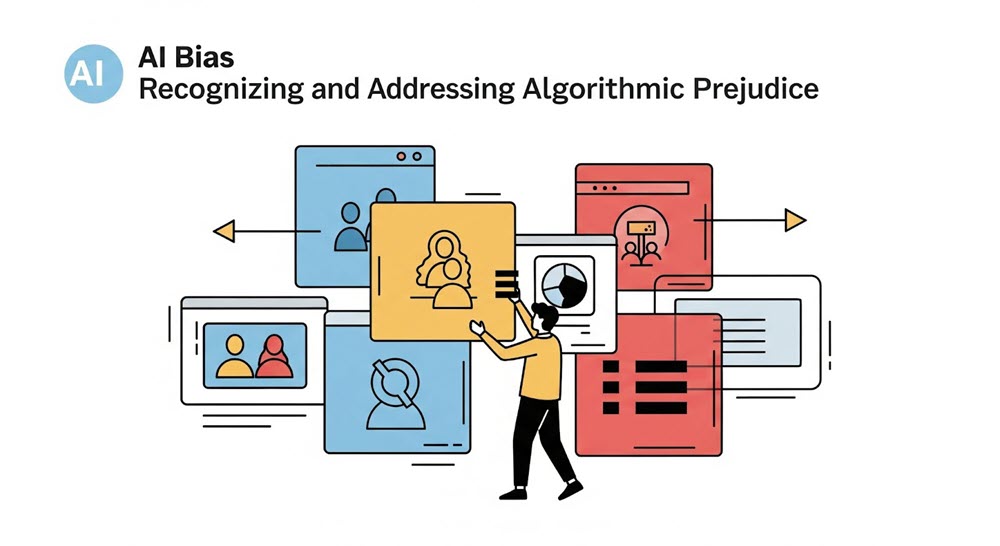
AI Bias: Recognizing and Addressing Algorithmic Prejudice
Last updated: July 10, 2025 Read in fullscreen view
- 25 Nov 2025
 How AI Agents Are Redefining Enterprise Automation and Decision-Making 27/42
How AI Agents Are Redefining Enterprise Automation and Decision-Making 27/42 - 18 Oct 2020
 How to use the "Knowns" and "Unknowns" technique to manage assumptions 21/989
How to use the "Knowns" and "Unknowns" technique to manage assumptions 21/989 - 05 Oct 2025
 The New Facebook Algorithm: A Paradigm Shift in Content Discovery 19/46
The New Facebook Algorithm: A Paradigm Shift in Content Discovery 19/46 - 01 Jul 2025
 The Hidden Costs of Not Adopting AI Agents: Risk of Falling Behind 17/108
The Hidden Costs of Not Adopting AI Agents: Risk of Falling Behind 17/108 - 07 Nov 2025
 Online vs. Offline Machine Learning Courses in South Africa: Which One Should You Pick? 16/30
Online vs. Offline Machine Learning Courses in South Africa: Which One Should You Pick? 16/30 - 01 Oct 2020
 Fail fast, learn faster with Agile methodology 13/973
Fail fast, learn faster with Agile methodology 13/973 - 03 Nov 2023
 Why Is Billable Viable Product An Alternative To Minimum Viable Product? 12/165
Why Is Billable Viable Product An Alternative To Minimum Viable Product? 12/165 - 21 Nov 2025
 The Rise of AgentOps: How Enterprises Are Managing and Scaling AI Agents 12/43
The Rise of AgentOps: How Enterprises Are Managing and Scaling AI Agents 12/43 - 06 Nov 2025
 Top 10 AI Development Companies in the USA to Watch in 2026 10/36
Top 10 AI Development Companies in the USA to Watch in 2026 10/36 - 12 Oct 2022
 14 Common Reasons Software Projects Fail (And How To Avoid Them) 10/504
14 Common Reasons Software Projects Fail (And How To Avoid Them) 10/504 - 18 Jul 2024
 The 8 Best ways to Innovate your SAAS Business Model in 2024 8/205
The 8 Best ways to Innovate your SAAS Business Model in 2024 8/205 - 30 Jul 2024
 The Future of IT Consulting: Trends and Opportunities 8/131
The Future of IT Consulting: Trends and Opportunities 8/131 - 19 Oct 2021
 Is gold plating good or bad in project management? 7/754
Is gold plating good or bad in project management? 7/754 - 10 Nov 2022
 Poor Code Indicators and How to Improve Your Code? 7/213
Poor Code Indicators and How to Improve Your Code? 7/213 - 28 Jul 2022
 POC, Prototypes, Pilots and MVP: What Are the Differences? 6/606
POC, Prototypes, Pilots and MVP: What Are the Differences? 6/606 - 06 Feb 2021
 Why fail fast and learn fast? 6/375
Why fail fast and learn fast? 6/375 - 13 Oct 2021
 Outsourcing Software Development: MVP, Proof of Concept (POC) and Prototyping. Which is better? 6/424
Outsourcing Software Development: MVP, Proof of Concept (POC) and Prototyping. Which is better? 6/424 - 27 Jul 2024
 Positive Psychology in the Digital Age: Future Directions and Technologies 6/337
Positive Psychology in the Digital Age: Future Directions and Technologies 6/337 - 01 Mar 2023
 Bug Prioritization - What are the 5 levels of priority? 6/207
Bug Prioritization - What are the 5 levels of priority? 6/207 - 24 Dec 2024
 Artificial Intelligence and Cybersecurity: Building Trust in EFL Tutoring 5/144
Artificial Intelligence and Cybersecurity: Building Trust in EFL Tutoring 5/144 - 05 Mar 2021
 How do you minimize risks when you outsource software development? 5/317
How do you minimize risks when you outsource software development? 5/317 - 11 Oct 2022
 Why choose Billable Viable Product (BVP) over Minimum Viable Product (MVP) 5/315
Why choose Billable Viable Product (BVP) over Minimum Viable Product (MVP) 5/315 - 31 Aug 2022
 What are the best practices for software contract negotiations? 5/215
What are the best practices for software contract negotiations? 5/215 - 07 Oct 2025
 Case Study: Using the “Messaging House” Framework to Build a Digital Transformation Roadmap 5/45
Case Study: Using the “Messaging House” Framework to Build a Digital Transformation Roadmap 5/45 - 28 Nov 2025
 How AI Will Transform Vendor Onboarding and Seller Management in 2026 4/21
How AI Will Transform Vendor Onboarding and Seller Management in 2026 4/21 - 14 Oct 2021
 Advantages and Disadvantages of Time and Material Contract (T&M) 4/789
Advantages and Disadvantages of Time and Material Contract (T&M) 4/789 - 12 Dec 2021
 Zero Sum Games Agile vs. Waterfall Project Management Methods 4/374
Zero Sum Games Agile vs. Waterfall Project Management Methods 4/374 - 04 Oct 2022
 Which ERP implementation strategy is right for your business? 4/278
Which ERP implementation strategy is right for your business? 4/278 - 01 Dec 2023
 Laws of Project Management 3/249
Laws of Project Management 3/249 - 18 Aug 2022
 What are the consequences of poor requirements with software development projects? 3/242
What are the consequences of poor requirements with software development projects? 3/242 - 18 Jul 2021
 How To Ramp Up An Offshore Software Development Team Quickly 3/516
How To Ramp Up An Offshore Software Development Team Quickly 3/516 - 08 Oct 2022
 KPI - The New Leadership 3/557
KPI - The New Leadership 3/557 - 31 Oct 2021
 Tips to Fail Fast With Outsourcing 3/375
Tips to Fail Fast With Outsourcing 3/375 - 27 Feb 2025
 How AI Agents are Changing Software Development? 3/170
How AI Agents are Changing Software Development? 3/170 - 05 Sep 2023
 The Cold Start Problem: How to Start and Scale Network Effects 3/167
The Cold Start Problem: How to Start and Scale Network Effects 3/167 - 09 Oct 2024
 Short-Form Video Advertising: The Secret to Captivating Your Audience 3/107
Short-Form Video Advertising: The Secret to Captivating Your Audience 3/107 - 09 Jul 2024
 What Is Artificial Intelligence and How Is It Used Today? 3/216
What Is Artificial Intelligence and How Is It Used Today? 3/216 - 18 Aug 2024
 The Future of Web Development: Emerging Trends and Technologies Every Developer Should Know 2/175
The Future of Web Development: Emerging Trends and Technologies Every Developer Should Know 2/175 - 10 Dec 2023
 Pain points of User Acceptance Testing (UAT) 2/416
Pain points of User Acceptance Testing (UAT) 2/416 - 01 May 2024
 Warren Buffett’s Golden Rule for Digital Transformation: Avoiding Tech Overload 2/188
Warren Buffett’s Golden Rule for Digital Transformation: Avoiding Tech Overload 2/188 - 21 Aug 2024
 What is Singularity and Its Impact on Businesses? 2/324
What is Singularity and Its Impact on Businesses? 2/324 - 10 Sep 2024
 Leading Remote Teams in Hybrid Work Environments 2/125
Leading Remote Teams in Hybrid Work Environments 2/125 - 17 Mar 2025
 Integrating Salesforce with Yardi: A Guide to Achieving Success in Real Estate Business 2/141
Integrating Salesforce with Yardi: A Guide to Achieving Success in Real Estate Business 2/141 - 21 Apr 2025
 Agent AI in Multimodal Interaction: Transforming Human-Computer Engagement 2/148
Agent AI in Multimodal Interaction: Transforming Human-Computer Engagement 2/148 - 25 Jan 2025
 The Decline of Traditional SaaS and the Rise of AI-first Applications 2/73
The Decline of Traditional SaaS and the Rise of AI-first Applications 2/73 - 22 Nov 2024
 The Role of AI in Enhancing Business Efficiency and Decision-Making 2/155
The Role of AI in Enhancing Business Efficiency and Decision-Making 2/155 - 17 Jun 2021
 What is IT-business alignment? 2/343
What is IT-business alignment? 2/343 - 23 Sep 2021
 INFOGRAPHIC: Top 9 Software Outsourcing Mistakes 2/411
INFOGRAPHIC: Top 9 Software Outsourcing Mistakes 2/411 - 17 Feb 2022
 Prioritizing Software Requirements with Kano Analysis 2/280
Prioritizing Software Requirements with Kano Analysis 2/280 - 28 Dec 2021
 8 types of pricing models in software development outsourcing 2/417
8 types of pricing models in software development outsourcing 2/417 - 28 Oct 2022
 Build Operate Transfer (B.O.T) Model in Software Outsourcing 2/361
Build Operate Transfer (B.O.T) Model in Software Outsourcing 2/361 - 04 Oct 2021
 Product Validation: The Key to Developing the Best Product Possible 2/295
Product Validation: The Key to Developing the Best Product Possible 2/295 - 13 Dec 2020
 Move fast, fail fast, fail-safe 2/292
Move fast, fail fast, fail-safe 2/292 - 21 Dec 2023
 Top 12 Low-Code Platforms To Use in 2024 2/1149
Top 12 Low-Code Platforms To Use in 2024 2/1149 - 31 Dec 2022
 The New Normal for Software Development 2/343
The New Normal for Software Development 2/343 - 04 Oct 2023
 The Future of Work: Harnessing AI Solutions for Business Growth 2/258
The Future of Work: Harnessing AI Solutions for Business Growth 2/258 - 17 Oct 2025
 MLOps vs AIOps: What’s the Difference and Why It Matters 2/67
MLOps vs AIOps: What’s the Difference and Why It Matters 2/67 - 05 Jun 2025
 How AI-Driven Computer Vision Is Changing the Face of Retail Analytics 2/77
How AI-Driven Computer Vision Is Changing the Face of Retail Analytics 2/77 - 24 Oct 2025
 AI Agents in SaaS Platforms: Automating User Support and Onboarding 1/52
AI Agents in SaaS Platforms: Automating User Support and Onboarding 1/52 - 20 Aug 2025
 What Is Agentic AI? The Next Phase of Artificial Intelligence 1/96
What Is Agentic AI? The Next Phase of Artificial Intelligence 1/96 - 26 Dec 2023
 Improving Meeting Effectiveness Through the Six Thinking Hats 1/205
Improving Meeting Effectiveness Through the Six Thinking Hats 1/205 - 16 Aug 2022
 What is a Headless CMS? 1/225
What is a Headless CMS? 1/225 - 16 Sep 2022
 Examples Of Augmented Intelligence In Today’s Workplaces Shaping the Business as Usual 1/394
Examples Of Augmented Intelligence In Today’s Workplaces Shaping the Business as Usual 1/394 - 31 Dec 2022
 Future of Software Development Trends and Predictions for 2023 1/120
Future of Software Development Trends and Predictions for 2023 1/120 - 19 Apr 2021
 7 Most Common Time-Wasters For Software Development 1/525
7 Most Common Time-Wasters For Software Development 1/525 - 02 Dec 2024
 The Intersection of AI and Business Analytics: Key Concepts to Master in Your Business Analytics Course 1/253
The Intersection of AI and Business Analytics: Key Concepts to Master in Your Business Analytics Course 1/253 - 20 Feb 2025
 How Machine Learning is Shaping the Future of Digital Advertising 1/76
How Machine Learning is Shaping the Future of Digital Advertising 1/76 - 06 May 2025
 How Machine Learning Is Transforming Data Analytics Workflows 1/148
How Machine Learning Is Transforming Data Analytics Workflows 1/148 - 29 Oct 2024
 Top AI Tools and Frameworks You’ll Master in an Artificial Intelligence Course 1/328
Top AI Tools and Frameworks You’ll Master in an Artificial Intelligence Course 1/328 - 05 Aug 2024
 Affordable Tech: How Chatbots Enhance Value in Healthcare Software 1/142
Affordable Tech: How Chatbots Enhance Value in Healthcare Software 1/142 - 12 Aug 2024
 Understanding Google Analytics in Mumbai: A Beginner's Guide 1/84
Understanding Google Analytics in Mumbai: A Beginner's Guide 1/84 - 05 Jan 2024
 Easy ASANA tips & tricks for you and your team 1/180
Easy ASANA tips & tricks for you and your team 1/180 - 11 Jan 2024
 What are the Benefits and Limitations of Augmented Intelligence? 1/434
What are the Benefits and Limitations of Augmented Intelligence? 1/434 - 03 Jan 2024
 Why Partnership is important for Growth? 1/145
Why Partnership is important for Growth? 1/145 - 18 Jan 2024
 Self-healing code is the future of software development /200
Self-healing code is the future of software development /200 - 14 Mar 2024
 Why should you opt for software localization from a professional agency? /117
Why should you opt for software localization from a professional agency? /117 - 19 Dec 2023
 How AI is Transforming Software Development? /275
How AI is Transforming Software Development? /275 - 15 Apr 2024
 Weights & Biases: The AI Developer Platform /170
Weights & Biases: The AI Developer Platform /170 - 12 Mar 2024
 How do you create FOMO in software prospects? /127
How do you create FOMO in software prospects? /127 - 25 Sep 2024
 Enhancing Decision-Making Skills with an MBA: Data-Driven Approaches for Business Growth /177
Enhancing Decision-Making Skills with an MBA: Data-Driven Approaches for Business Growth /177 - 06 Mar 2024
 [SemRush] What Are LSI Keywords & Why They Don‘t Matter /131
[SemRush] What Are LSI Keywords & Why They Don‘t Matter /131 - 10 Sep 2024
 AI in Email Marketing: Personalization and Automation /154
AI in Email Marketing: Personalization and Automation /154 - 19 Oct 2021
 Software development life cycles /628
Software development life cycles /628 - 06 Nov 2019
 How to Access Software Project Size? /236
How to Access Software Project Size? /236 - 31 Dec 2023
 Software Development Outsourcing Trends to Watch Out for in 2024 /160
Software Development Outsourcing Trends to Watch Out for in 2024 /160 - 27 Aug 2025
 How AI Consulting Is Driving Smarter Diagnostics and Hospital Operations /66
How AI Consulting Is Driving Smarter Diagnostics and Hospital Operations /66 - 29 Aug 2025
 How AI Is Transforming Modern Management Science /33
How AI Is Transforming Modern Management Science /33 - 22 Sep 2025
 Why AI Is Critical for Accelerating Drug Discovery in Pharma /53
Why AI Is Critical for Accelerating Drug Discovery in Pharma /53 - 23 Jun 2025
 AI Avatars in the Metaverse: How Digital Beings Are Redefining Identity and Social Interaction /85
AI Avatars in the Metaverse: How Digital Beings Are Redefining Identity and Social Interaction /85 - 10 Nov 2025
 Multi-Modal AI Agents: Merging Voice, Text, and Vision for Better CX /33
Multi-Modal AI Agents: Merging Voice, Text, and Vision for Better CX /33
| About the Author | Victor Ortiz | goodfirms.com | Victor Ortiz is a Content Marketer with GoodFirms. He likes to read & blog on technology-related topics and is passionate about traveling, exploring new places, and listening to music. |
Artificial Intelligence, or AI, is a technology that needs no introduction these days. It is being widely used in domains as diverse as education and warfare. As many technologies have their own pros and cons, AI is no different.
It is possible to create AI that is biased toward certain groups of people or even individuals. In this blog, we will examine this prejudice and how to address it.
So, let's dive straight in!
What is AI bias?
AI systems use algorithms to process vast amounts of data and find hidden patterns or insights. This is done to predict the output according to the input variables or data. However, if the algorithm itself is biased, it will affect the output, leading to wrong decisions.
This bias is more dangerous in healthcare, HR(Human Resources), or law enforcement. It can negatively affect algorithms through skewed input data, biased programming, or wrong output interpretation.
Types of AI Bias
You have a brief idea about AI bias and its impact on outcomes. Let's have a detailed look at different types of AI biases.
(1) Algorithm Design Bias
This type of bias can be created due to programming errors like the AI designer unfairly giving weightage to different factors of the decision-making process.
Weighting factors is a technique to avoid bias, however this requires assumptions on the part of designers. This can lead to bias and inaccuracies in the output.
It may also happen that developers might embed the algorithm with conditions, either consciously or unconsciously.
(2) Data Bias
Incorrect data has characteristics like lacking information, being non-representative, being historically biased, or being "bad." These characteristics lead to algorithms producing unfair output and amplifying biases in the data.
AI algorithms that accept biased results as inputs for decision-making create a never-ending feedback loop.
(3) Evaluation Bias
There can be bias in evaluation by algorithms when results are interpreted based on the fixed conception of the individuals involved. Although it may be a neutral and data based algorithm, the way its output is applied by individuals or business may result in incorrect decisions.
(4) Proxy Data Bias
It can happen that AI systems may replace sensitive parameters in data like race or gender with proxies to mask them.
However, this approach can lead to unwanted results in case the proxies match with some other real attributes.
As a result, individuals whose proxy data matches some other real attribute may face bias.
Real World Examples of AI Bias
Let's have a look at some of the real world examples of AI bias and see how it can impact individuals as well society as a whole.
(1) Recruitment
It is possible that Resume screening algorithms and job description builders can cause workplace biases. It may happen that the screening software tool may favor male-associated terms or be biased against females for employment gaps.
(2) Law Enforcement
There can be biases in predictive policing algorithms. As a result of the bias, the algorithm may predict higher crime rates in certain neighbourhoods which will result in increased scrutiny of that area.
(3) Credit Scoring
Algorithms are used by banking & financial services companies to determine lending feasibility for individuals or businesses. However, due to biases in credit scoring algorithms, applicants from low-income neighbourhoods may have higher rejection rates.
(4) Education
In case of algorithms being used for evaluation and admission, there are chances of them being biased towards a particular student group. These algorithms may favor students from well-known schools as compared to under-resourced schools.
(5) Healthcare
AI in healthcare can introduce bias not only in diagnosis but also in giving treatment. It can happen that the AI system has been trained with data from a single ethnic group and may make mistakes when used for other groups.
5 Ways for Addressing Algorithmic Prejudice
Now you have an idea about AI bias and the various types of AI bias. Let's discuss ways in which this algorithmic bias can be addressed.
(1) Algorithmic Fairness
AI bias can be significantly reduced by introducing algorithmic fairness techniques. These techniques include re-weighting data to balance representation, using fairness constraints in optimization processes, and using differential privacy.
(2) Human Reviews
AI can process vast amounts of data in a matter of seconds but does not have the understanding of humans. Humans should review the results of AI based algorithms to see whether there are any biases.
There should be regular human audits, reviews of AI decisions and feedback should be sought from diverse stakeholders to ensure AI systems aligns with ethics.
(3) Diverse Data
AI systems can make fair and accurate decisions only when the training data provided includes all possible scenarios and demographics. You must make use of diverse data sets, so as to enable your AI systems to not make bias by favoring one group.
Data sets should be regularly updated as per changes in the society and to prevent old, known biases.
(4) Transparency of AI Systems
You should make the AI decision making process clear to be understood by all the stakeholders. For this, you must provide detailed documentation which mentions how AI systems have been trained, data used by them and decision-making logic.
All these details provided will help in trusting and understanding of the AI system by all stakeholders.
(5) Bias Testing
You should conduct regular bias testing by finding out the 'AI systems' output for known benchmarks. This will help in detecting anomalies in output across diverse demographic groups or data.
As a result of bias testing, you will be able to identify areas where the AI system might discriminate or favor particular groups. After testing the AI software, developers can make changes in it to eliminate biases.
Wrapping Up…
We have just seen the tip of the iceberg as far as AI is concerned. It will be used extensively in the near future in all walks of life and in each sector of business. This makes it very important to address issues of bias in the technology, as it will impact thousands or millions of people directly.
We have seen the different types of AI bias and the ways in which they can be addressed. It is possible many new types of biases may creep up in AI technology in the future. As a result, businesses and citizens need to keep a close watch on AI systems.
Victor Ortiz
Content Marketer
Victor Ortiz is a Content Marketer with GoodFirms. He likes to read & blog on technology-related topics and is passionate about traveling, exploring new places, and listening to music.

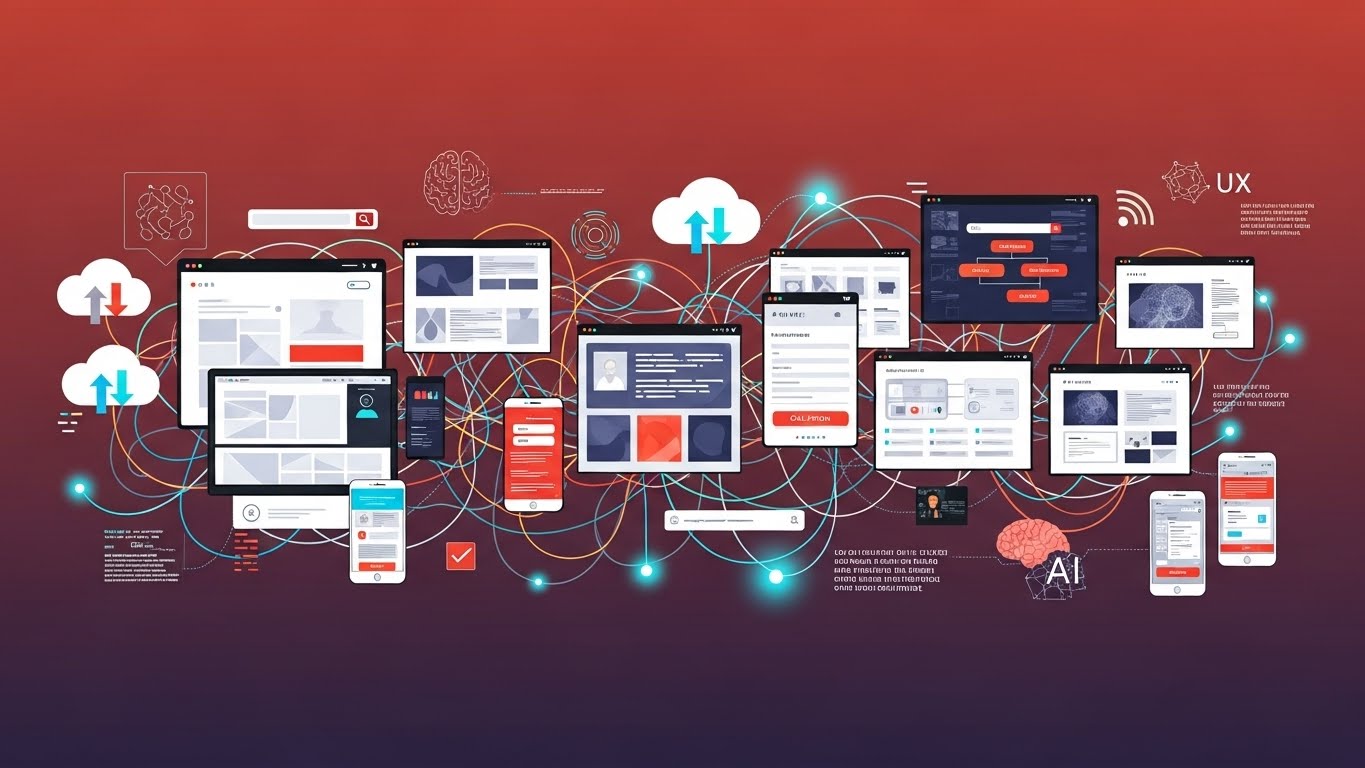
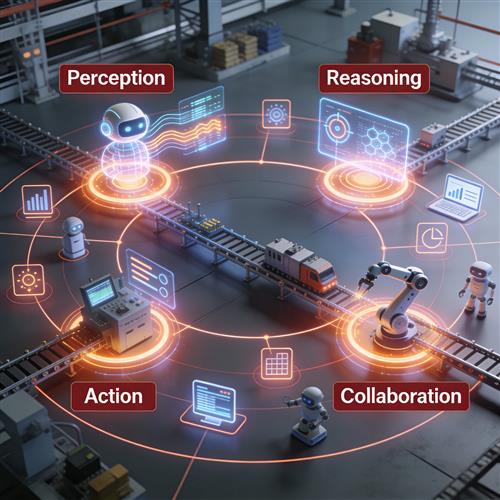
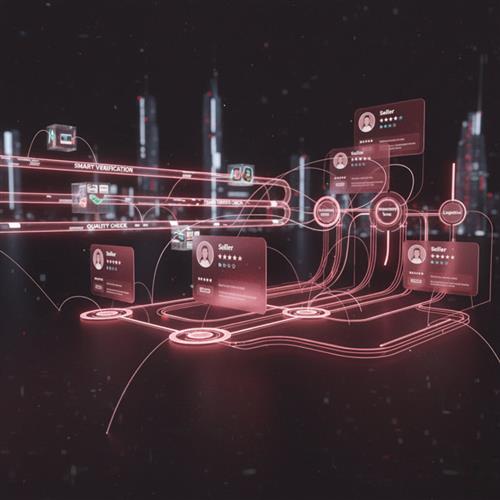






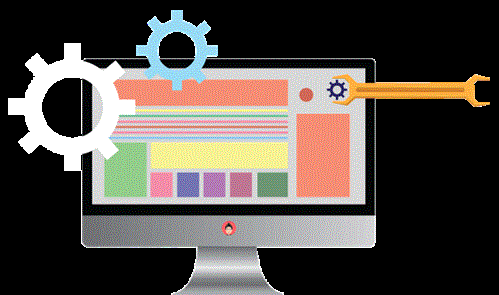

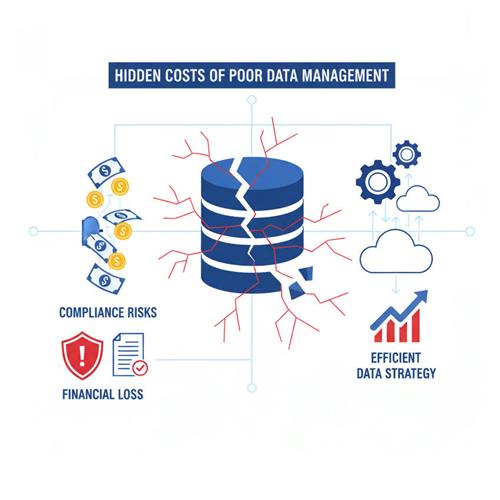
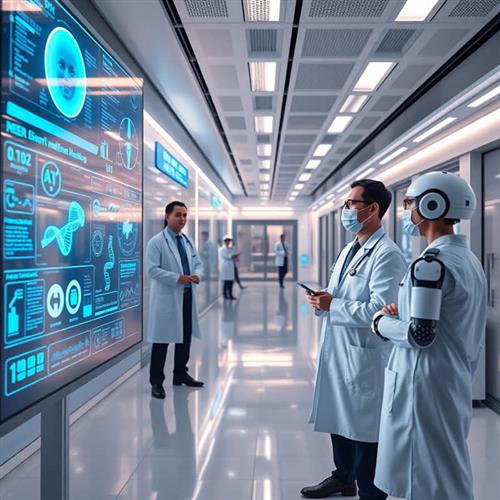




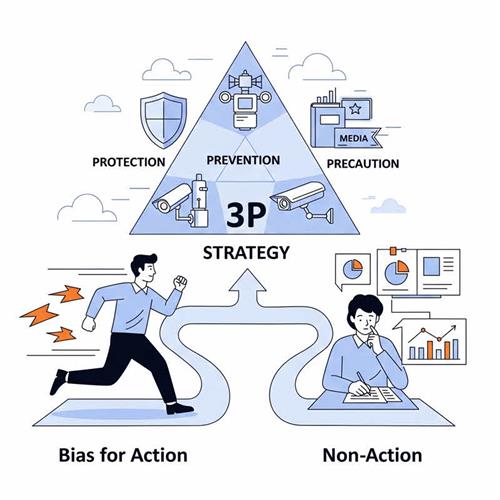

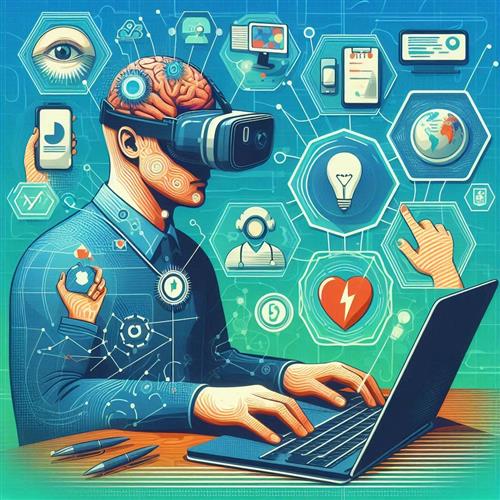
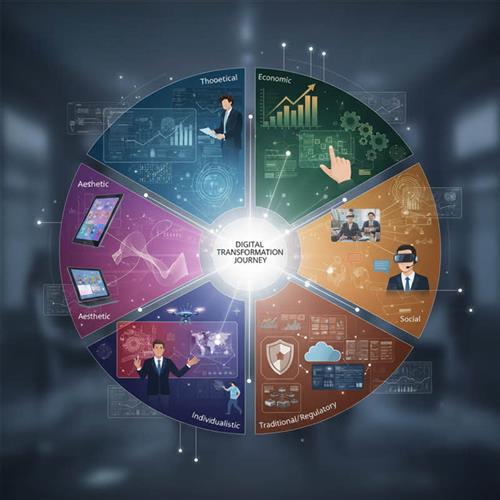

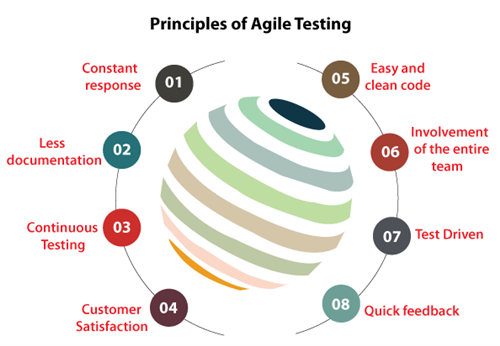










 Link copied!
Link copied!
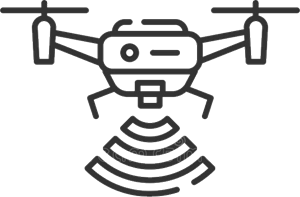 Recently Updated News
Recently Updated News